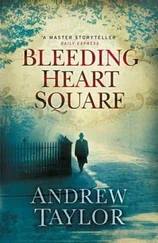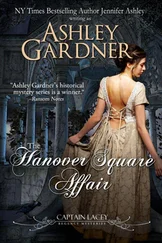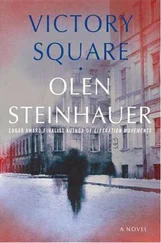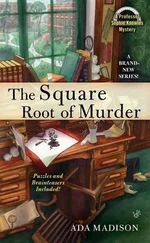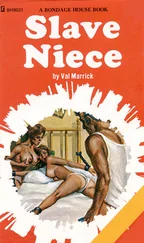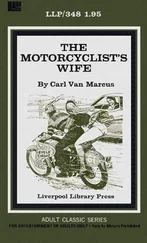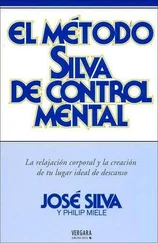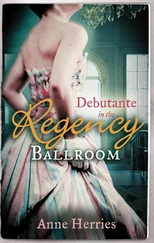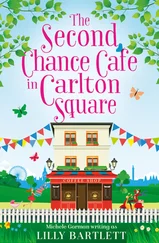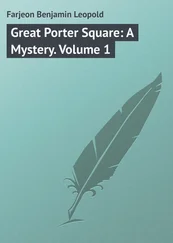For this reason, his rooms appeared less like a scholar’s and more like a draftsman’s. During his working sessions, leaves of various sizes would drape most of the furniture, covering the bed, the chairs, the floor. The eyes of his guests would invariably drift from his own toward these annotations overrunning his quarters.
But the results were difficult to dispute. His work threw a light much brighter than most. There were perhaps only a half dozen monks in the country with minds both as expansive and exacting as his (it was the combination that was rare). His eccentricities — not just his quixotic approach to commentary, but his avidity for maps, seamanship, and foreign theologies, as well as the special interest he took in the Europeans in the kingdom, which some of the conservative monks had once (and perhaps still) found perverse — mostly induced reverence rather than ridicule.
Commentary was only part of his work. Together with twenty other monks of scholarly repute, he was responsible for adding to the historical record of the island. This was done under the eye of Rajasingha, who was not, however, in a position to edit or guide the monks, not openly or explicitly, anyway.
Here too Darasa found a way to apply these same interpretive techniques. Most monks knew the Chronicle well. A few knew it nearly by heart. But none of his contemporaries spent more time annotating it, wondering after its mode of composition, the potentially variable intentions of the chain of authors from Mahanama onward. None searched with quite the same vigor for interstices, elisions, interpolations.
The prevailing thought in the priesthood was that their role was to write the present, not interpret the past or consider the veracity of the Chronicle, which was, after all, composed by them , their predecessors in the temple. This was especially so of recent portions, where the language resembled the vernacular and interpretive measures were not required as a matter of course, as it was when proto-Sinhalese was involved in the earlier periods. Those parts of the Chronicle demanded a fusing of horizons, which, depending on how the monk managed it, affected his grasp, and the grasp of any reader of the Chronicle, of even the simplest matters of fact.
For Darasa, though, even when the language of the past dovetailed smoothly with that of the present, and it was an option to take the Chronicle at face value, it was a mistake. The present — the activities of the king and his court, the role of the priesthood, the changing constitution of the island’s population (Indian, Chinese, Arabic, European) — should, and in a way could, only be recorded in the light of a fuller account of the past.
But the chapters of the Chronicle were heavily condensed. What he needed was a way of regenerating the original heft of history from the distillate left in the Chronicle. (Some auxiliary records did exist, of course, which partly explained Darasa’s interest in the Europeans, the records they kept.) Only then could the present be set down with the right weighting and balance.
In fact his ambitions extended further, though he never spoke of this. He hoped earlier sections of the Chronicle might not only be reinterpreted but reweighted — redistilled — which might alter the complexion of the era while respecting the facts.
But revisions were not something considered by the priests. Their predecessors had direct access to the full spread of facts. It was thought that later revisions could only introduce distortions, bending the past to the needs of the present. But in Darasa’s view, the present affected the past, or anyway the present affected the history of the past. Potentialities contained in events, invisible to the contemporary eye, might reveal themselves only to the future.
But perhaps this sort of account was not to the point. Previous chroniclers might have meant to capture the past as present, the lived past, illusions and all, and not the past as past, a living past whose tail might grow ever sharper. If the goal was to record a people’s consciousness, the psychological texture of an era, its truths, its madnesses, the Chronicle as it stood might well be the better guide.
However it was with revising the past, in composing provisional text for the Chronicle, where his hand was freer, Darasa applied his usual exegetical methods, annotating the older record heavily, teasing out the implications and presuppositions to draw excluded material to the surface, or even implicit material the original authors may have only accidentally deposited in the text. With this fuller history in hand he would make sense of his time.
The committee of monks would write up the same events. The texts, unattributed, were then compiled. The monks would meet and take each from the stack and read it out to the assembly. Line by line they debated its merits, compared it against the others. Twenty versions of the near past were sifted this way. Notes were taken on suggestions for a composite text, and a rough outline was settled on. One monk would then be asked to whittle, meld, and rewrite as necessary, developing a draft version to be voted on by a group of seven senior monks, who would ratify the text, typically unanimously (though five votes sufficed), or else send it back to the monk with corrections until an acceptable version emerged.
Darasa was taken from sleep by a warbling groan. Soon it appeared a chorus, just out of tune, sometimes two voices, sometimes three and four. Occasionally it thinned to a single plaintive whine, but never would it cease. Like the chants the fellowship practiced, a voice always carried through.
This went on for several minutes, Darasa in a semiconscious state. Footsteps began to sound in the midst of the droning voices, then mutterings. Panicked ones. He raised himself from the mat and kneeled at the window: a comet, bluer than the moon and larger than the stars. Another glowworm spark. But the child, Rajasingha, was now a man.
In the courtyard in Nillemby, the black was unstained save for several spheres of light. Four of these, separated from each other by a few yards, were thrown by the palace torches mounted along the entryway. At the base of each lay a sentry. Two were curled on their sides, wriggling. One was prone. The nearest to him was on his knees. A flash of metal shot from his chest into the dark, the orange light of the torch imperfectly camouflaging the red staining his chest. The wailing persisted.
There was a banging. Two more spheres, barely overlapping, hung in front of the palace doors, which had just swung shut. At the same moment a rifle may have discharged, the sound was so sharp, and one man fell to the floor in front of the doors. Others, cloaked in royal garb, lay along the wall of the palace, creating a further background groan Darasa hadn’t noticed till then. Men in the same attire — turncoats, presumably — pried at the doors alongside several others carrying scabbards, men of good birth.
One ran his sword down the slit between the doors, striking the heavy bolt. From the other side came the murmurs of Rajasingha’s men, the loyalists who had managed to shut themselves in, and also the most trusted guards, stationed in the interior, who were known to carry formidable European weaponry. More men, aristocrats down to peasants, judging by the varied dress, shot through the spheres at the entryway and reappeared seconds later within those at the palace doors. There they stayed for hours. The courtyard rapidly filled with rebels. They would wait the king out, assumed he would surrender.
Darasa knew the king would not give himself up. The palace grounds sat on the v-shaped edge of a plateau that descended into a valley widely thought to be covered in impassable forest, making it unapproachable from anywhere but the front. The monk knew, though, from some of the great men of the court — intimates of his own distinguished family, who had delivered him, as was the practice, to the priestly order when he was a boy — that a steep, barely visible path only partially cleared of brush led down into the valley. With the heavy arms of his men, and with the two elephants he kept at the back of the palace, for his own amusement, but also to break through the remaining brush, Rajasingha had a strong tactical advantage over anyone who might be stationed in the valley, supposing the rebels could envisage this possibility, which they almost certainly could not.
Читать дальше


